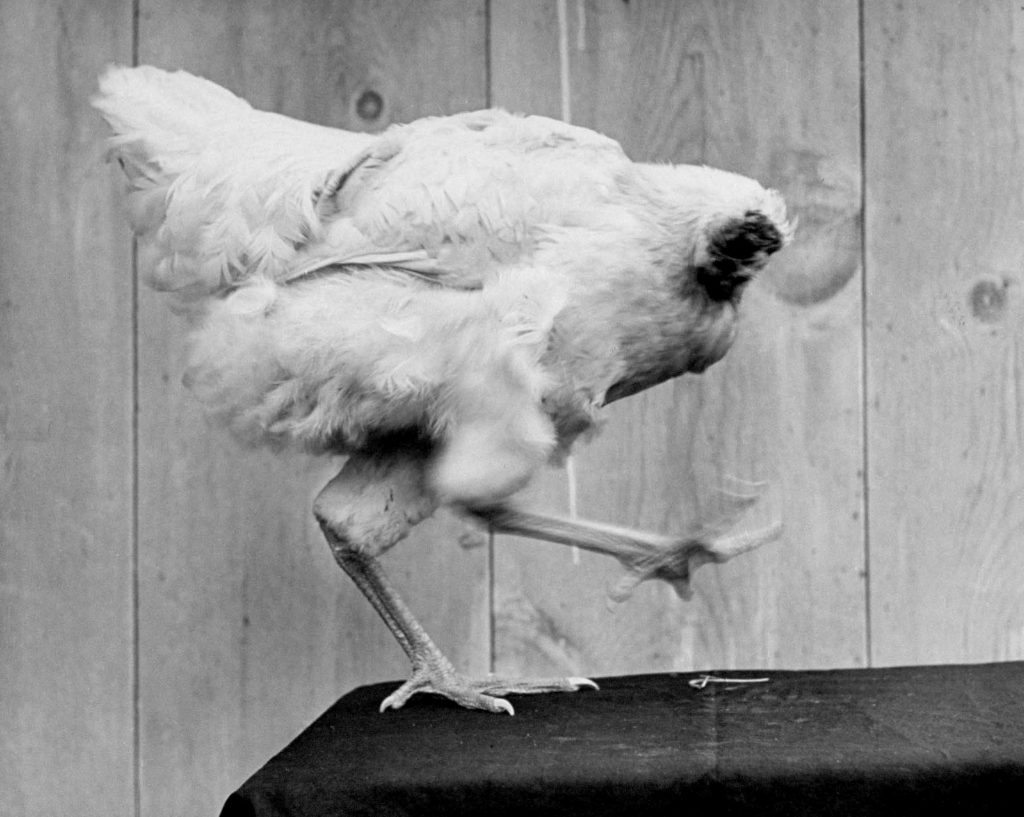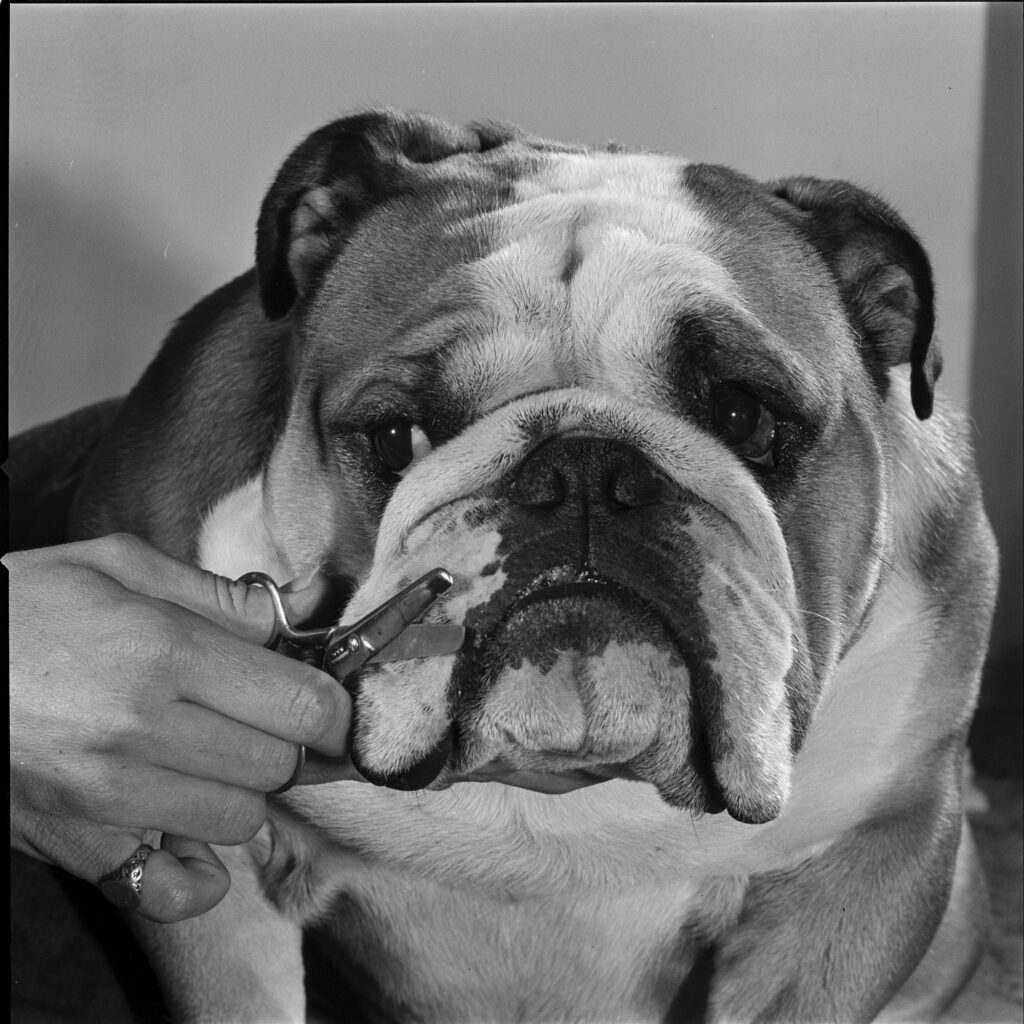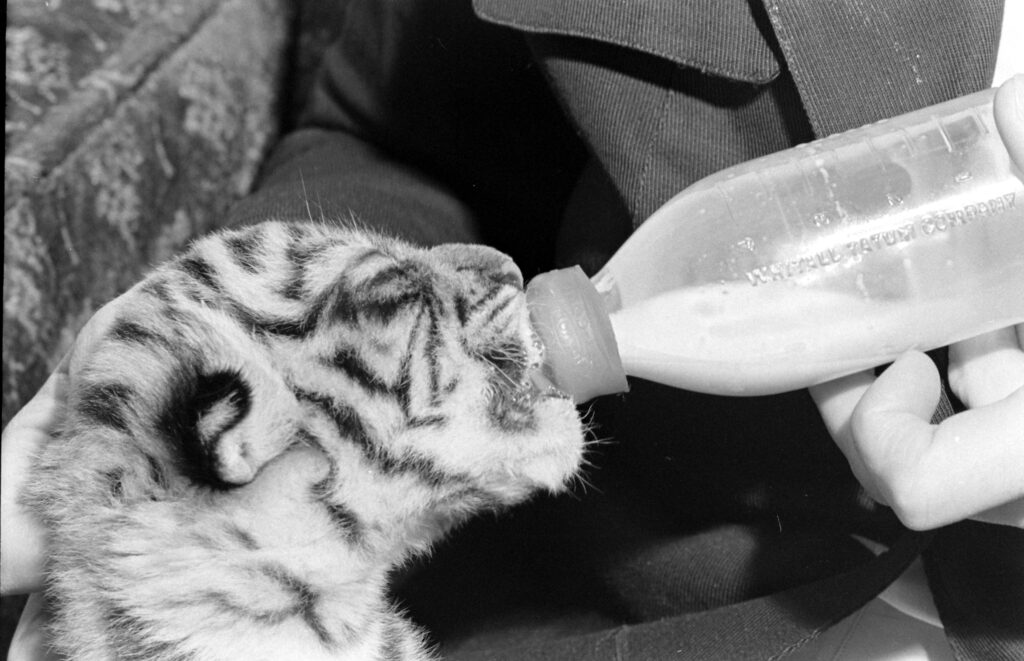For sheer, undiluted resonance, few entertainment-industry tropes can match the singular image of Marilyn Monroe informing the world that “diamonds are a girl’s best friend.”
The scene in which she sings those words arrives midway through the classic 1953 comedy, Gentlemen Prefer Blondes, as Marilyn’s character, the refreshingly loot-happy Lorelei Lee, performing in a cabaret in a form-fitting pink satin sheath, rebuffs the attentions of a gaggle of eager (and unmistakably not rich) male admirers.
The song “Diamonds Are a Girl’s Best Friend” is just one of many from a movie that, six decades later, still retains much of its carefree if largely camp appeal. Gentlemen Prefer Blondes was not only a huge box office success but proved, once and for all, that Marilyn Monroe could truly anchor a movie as its star. (Her co-star in the film, Jane Russell, was wonderful in the role of showgirl Dorothy Shaw, Lorelei’s best friend, but through the years the film has increasingly and unduly been celebrated as Monroe’s triumph alone.)
However one remembers the film, however, it’s clear from the pictures in this gallery, made on-set by LIFE’s Ed Clark, that in 1953 Marilyn Monroe was already a bona fide movie star, and that the production itself was going to be a memorable, high-energy affair.
In May 1953, LIFE magazine summed up the spectacle this way:
Lorelei Lee is harvesting diamonds again. Veteran of a novel by Anita Loos (1925), a silent movie (1928), a musical comedy (1949), she is now in a stupendous Technicolor talkie of Gentlemen Prefer Blondes. She is played by Marilyn Monroe, who is the least ingenuous of the Lorelei line but yields to none in cheerful rapacity.
In the new 20th Century-Fox version Marilyn sing and dances with a surprising technical competence. Full-fleshed and fancy-free, she and her dark-haired girlfriends, played by Jane Russell, start the show off with a bang in tight red dresses for the song “The Little Girl From little Rock.” They go racing through a broad-comedy modern-dress version of the old plot as Lorelei stuffs her pocketbook with cash and bedecks her person with trinkets offered to her by gullible millionaires. In her biggest number she spurns a whole panel of penniless and prostate admirers and gives their fallen forms the benefit of her philosophy of life: “Diamonds Are a Girl’s Best Friend.”
Liz Ronk edited this gallery for LIFE.com. Follow her on Twitter @lizabethronk.

Marilyn Monroe and Jane Russell (left) on the set of 1953’s Gentlemen Prefer Blondes.
Ed Clark/Life Pictures/Shutterstock

Marilyn Monroe and Jane Russell (left) on the set of 1953’s Gentlemen Prefer Blondes.
Ed Clark/Life Pictures/Shutterstock

Marilyn Monroe and Jane Russell on the set of 1953’s Gentlemen Prefer Blondes.
Ed Clark/Life Pictures/Shutterstock

Marilyn Monroe and Jane Russell on the set of 1953’s Gentlemen Prefer Blondes.
Ed Clark/Life Pictures/Shutterstock

Marilyn Monroe on the set of 1953’s Gentlemen Prefer Blondes.
Ed Clark/Life Pictures/Shutterstock

Marilyn Monroe and Jane Russell on the set of 1953’s Gentlemen Prefer Blondes.
Ed Clark/Life Pictures/Shutterstock

Marilyn Monroe, Jane Russell, Gentleman Prefer Blondes
Ed Clark Time & Life Pictures/Shutterstock

Marilyn Monroe and Jane Russell on the set of 1953’s Gentlemen Prefer Blondes.
Ed Clark/Life Pictures/Shutterstock

Marilyn Monroe performed “Diamonds Are a Girl’s Best Friend.”
Ed Clark/Life Pictures/Shutterstock

Marilyn Monroe performed “Diamonds Are a Girl’s Best Friend.”
Ed Clark/Life Pictures/Shutterstock

Marilyn Monroe performed “Diamonds Are a Girl’s Best Friend.”
Ed Clark/Life Pictures/Shutterstock

Marilyn Monroe performed “Diamonds Are a Girl’s Best Friend.”
Ed Clark/Life Pictures/Shutterstock

Marilyn Monroe in a publicity still for 1953’s Gentlemen Prefer Blondes.
Ed Clark/Life Pictures/Shutterstock


































































































